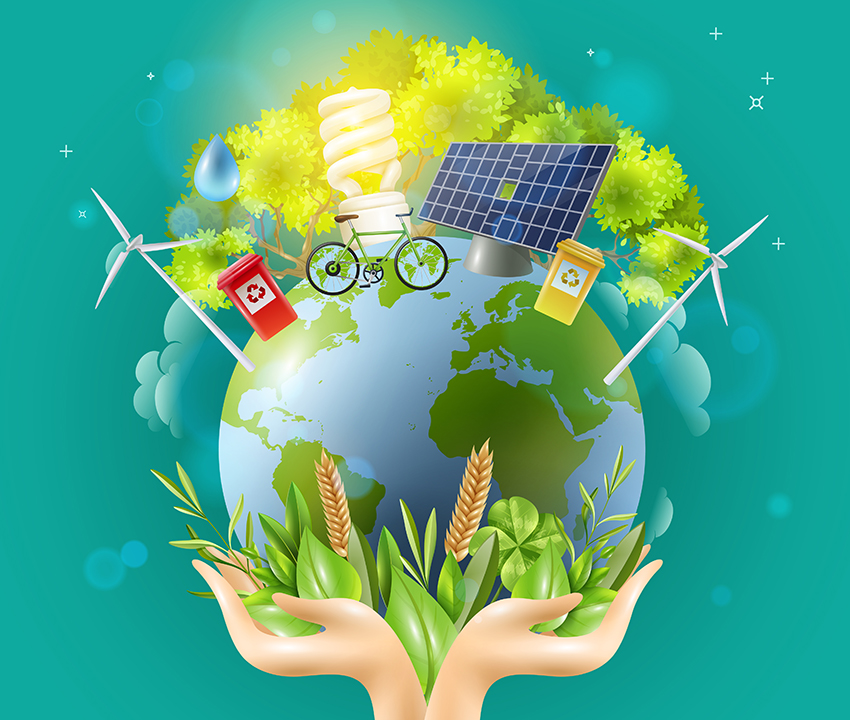Introduction to Agrawau
Agrawau is a versatile term that encapsulates a range of meanings and applications across various fields. Originating from a rich tapestry of cultural and historical contexts, the word has evolved to signify different concepts depending on its usage. The etymology of agrawau can be traced back to ancient languages, wherein it denoted specific features of both natural and man-made systems, reflecting the interconnectedness of people with their environment.
The significance of agrawau manifests in multiple disciplines, including agriculture, ecology, and technology. In agriculture, for instance, the principles embodied by agrawau play a crucial role in sustainable farming practices, emphasizing the balance between productivity and environmental stewardship. Ecologically, agrawau pertains to the intricate relationships that sustain biodiversity, serving as a reminder of the delicate equilibrium within ecosystems.
Technological applications of agrawau are increasingly prominent, as innovations continue to arise that harness its principles to promote efficiency and sustainability. From smart agriculture tools to ecological monitoring systems, the concept of agrawau has been pivotal in guiding advancements that align with contemporary environmental challenges. Its applications extend into urban planning and resource management, underscoring its importance in crafting strategies that foster sustainable development.
For readers unfamiliar with agrawau, it is essential to recognize its foundational role in addressing various challenges faced in today’s world. As we navigate through subsequent sections, a comprehensive understanding of agrawau will become increasingly necessary to appreciate its full impact and potential across different domains. By setting this context, we invite readers to explore the multifaceted nature of agrawau and delve deeper into its applications.
The Historical Relevance of Agrawau
The historical trajectory of agrawau is marked by significant milestones that have shaped its understanding and utilization across various cultures and periods. Initially, agrawau was perceived primarily as a natural resource, integral to traditional practices and communities. Historical texts indicate that its applications were recorded as early as several centuries ago, underscoring its importance in agrarian societies. Key figures in these societies, such as indigenous herbalists and early agriculturalists, recognized the value of agrawau for its medicinal and nutritional properties, laying the groundwork for its later applications.
As time progressed, the cultural perceptions of agrawau evolved, particularly during the Renaissance when scientific inquiry began to flourish. Scholars of the time integrated agrawau into their studies, examining its chemical composition and potential benefits. This led to a broader acceptance and a demand for the resource, moving beyond local practices to a more global influence. The industrial revolution further propelled this trend, as advancements in technology allowed for more efficient extraction and processing techniques, thereby increasing accessibility to agrawau on a larger scale.
The 20th century brought forth a renewed interest in agrawau, largely influenced by the rise of holistic and alternative medicine. Public awareness around natural remedies surged, and agrawau was often highlighted in this discourse as a viable option for promoting health and well-being. The cultural shift towards valuing natural over synthetic alternatives solidified agrawau’s place in both contemporary medicine and wellness practices. Various technological developments in agriculture and pharmacology, combined with changing consumer preferences, have facilitated the growth of agrawau in today’s market. This evolution showcases the dynamic interplay between agrawau and social, cultural, and technological changes throughout history.

Modern Applications of Agrawau
Agrawau has emerged as a versatile element in diverse modern industries, showcasing its multifaceted applications. Its integration into technology has brought about notable advancements, particularly in data processing and artificial intelligence. Innovative algorithms powered by agrawau have led to improved machine learning models, enhancing the capacity to analyze vast datasets. For instance, companies employing agrawau-based systems have reported increased efficiency in predictive analytics, allowing businesses to make more informed decisions swiftly.
In agriculture, agrawau’s significance cannot be overstated. The agricultural sector utilizes agrawau as a critical tool for optimizing crop yields and reducing resource consumption. By incorporating agrawau in precision farming, farmers can analyze soil health, weather patterns, and crop performance. A pertinent example is the deployment of agrawau-enhanced sensors that facilitate real-time monitoring of crop conditions, leading to targeted interventions that optimize irrigation and fertilizer application, ultimately improving sustainability and profitability.
The healthcare sector has also embraced agrawau, reflecting its potential to transform patient care and diagnostics. Advanced health informatics systems utilizing agrawau aid in the synthesis of patient data, allowing for accurate diagnosis and personalized treatment plans. A case study illustrates a hospital utilizing agrawau-driven analytical tools to streamline patient management, resulting in reduced wait times and enhanced outcomes through data-driven decision-making.
Additionally, agrawau finds applications in education, where it enhances learning experiences through adaptive learning platforms. These platforms leverage agrawau to tailor educational content to individual learning styles and paces, fostering an environment conducive to effective knowledge acquisition. This approach not only engages students but also provides educators valuable insights into student performance and areas needing improvement.
Overall, the integration of agrawau across these sectors epitomizes its practical benefits. The continuous exploration of agrawau’s applications signifies its ongoing relevance in facilitating efficiency, sustainability, and advancing innovation in contemporary society.
Future Prospects of Agrawau
The future of agrawau presents a myriad of possibilities that extend across various industries, driven by emerging trends, innovative practices, and advancing research areas. One significant trend is the increasing integration of agrawau within sustainable development frameworks. As societies strive for greener solutions, agrawau offers avenues for enhancing resource efficiency and minimizing environmental footprints. Innovations in agricultural technology, such as precision farming and biotechnology, are likely to play a pivotal role in the development of agrawau, facilitating improved crop yields and food security.
Moreover, interdisciplinary research is anticipated to flourish within the realm of agrawau. Collaboration between agronomists, environmentalists, and technologists will be crucial in exploring new methodologies that combine traditional practices with modern innovations. This fusion could lead to novel applications of agrawau that enhance productivity while fostering ecological balance. For instance, experimentation with alternative materials derived from agrawau may not only optimize agricultural output but also contribute to the circular economy through recycling and waste reduction.
Nonetheless, the growth of agrawau is not without challenges. Factors such as climate change, regulatory constraints, and market competition may impede progress. To address these obstacles, stakeholders must engage in proactive dialogue, aligning interests and implementing policies that support the sustainable integration of agrawau into industry practices. Education and public awareness will also play a critical role, as informed communities can advocate for practices that leverage the benefits of agrawau.
In conclusion, the future of agrawau appears promising, characterized by dynamic innovation and collaborative research aimed at overcoming challenges. As industries recognize the potential impact of agrawau on society and the environment, it is imperative to continue exploring its applications and harnessing its capabilities for a sustainable future.




Leave a Reply